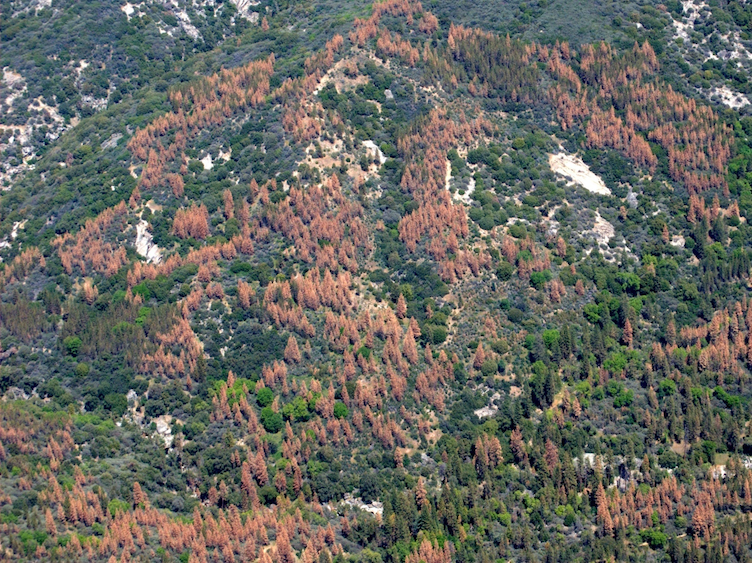
Exotic Pets Can Become Pests with Risk of Invasion
In a new study published in Frontiers in Ecology and the Environment, a team of researchers gain further insight into the dynamics of the exotic pet trade and the role it plays in the introduction of invasive vertebrate populations across the globe.









